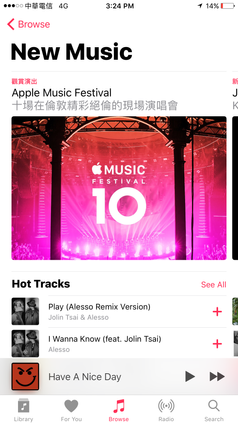Elizabeth Dykstra-Erickson
Create. Consume. Curate:
Music Hub for Streams UI
The Brief:
Users mainly do three things: They make stuff. The find and watch, or listen to, or read stuff. And they sometimes collect and arrange the stuff they make and find. Music Hub is our contribution to Consume: rethink the music experience as a content-first hub. Create a sustained and competitive revenue channel for in-app purchases, advertising, and novel ways to share favorites.
The strategic issues:
-
The homescreen is a critical brand property. But customizing it is an endless update chase, as Android also makes changes. Time to think of a different default experience, without disrupting the existing homescreen.
-
Streams of different content offered as content-first focuses on the content, instead of where it came from.
-
To partner in the hub, services need to publish API's - some do, some make unofficial API's available, and many do not.
-
Services will not partner if they need to update their own apps to do so.
-
Users are impatient. They want results quickly with little effort.
The result:
Working prototype of Spotify, KKBox, and local music libraries. Patent pending.

Here's how it works:

The app launches to a Splash page displaying negotiated, context-aware content.

Page navigation and settings are in one drawer. Settings are hierarchical and linked to the user's device account, media accounts, and other connected services such as payments.

Recommendations are displayed in negotiatated order and can autoplay as 25s clips. This 'Recommender Vendor' supports ads, competitive purchases, and is fully instrumented for data collection.
Research > Analysis > Design > Repeat
Step 1: Is 'content first' possible?
What are the technical and business issues for combining content from multiple services?

Spotify and KKBox are two candidate services with public API's, making a rich UI possible.
Music hub is a content-first portal that can aggregate recommendations from multiple services. It directs the user's tap on an item to the service that presented it.
Ad slots are brokered through an exchange. Users opt in to data collection and monitoring in exchange for premium offers, benefits, and features.
Services can negotiate data sharing agreements to fine tune recommendations and purchase options.
By using the service framework, content providers can reach local markets with relevant offers and recommendations, and local pay options.

Step 2: Identify patterns
We analyzed Apple Music, KKBox, Spotify, and Pandora. Each has a distinctive display style, and very similar features.










Step 3: Identify use cases and design concept
Keep it simple! Services' unique features are one tap away.



We explored toggles as a way to filter content. The concept scales but takes up too much space on screen.
When we invest in a pattern, we try to see other places where it fits. Camera can automatically share to different destinations. As with other views, the toggles are useful but take away from the content-first approach.
Step 4: Incorporate visual design
Apply visual design and different content layouts to the working prototype and meet with potential partners and customers.






Music Hub is an aggregator of similar content. The idea is applicable to other types of content streams. The project took advantage of what we learned from several Video On Demand projects to generalize the 'tollbooth' approach to distributing content.